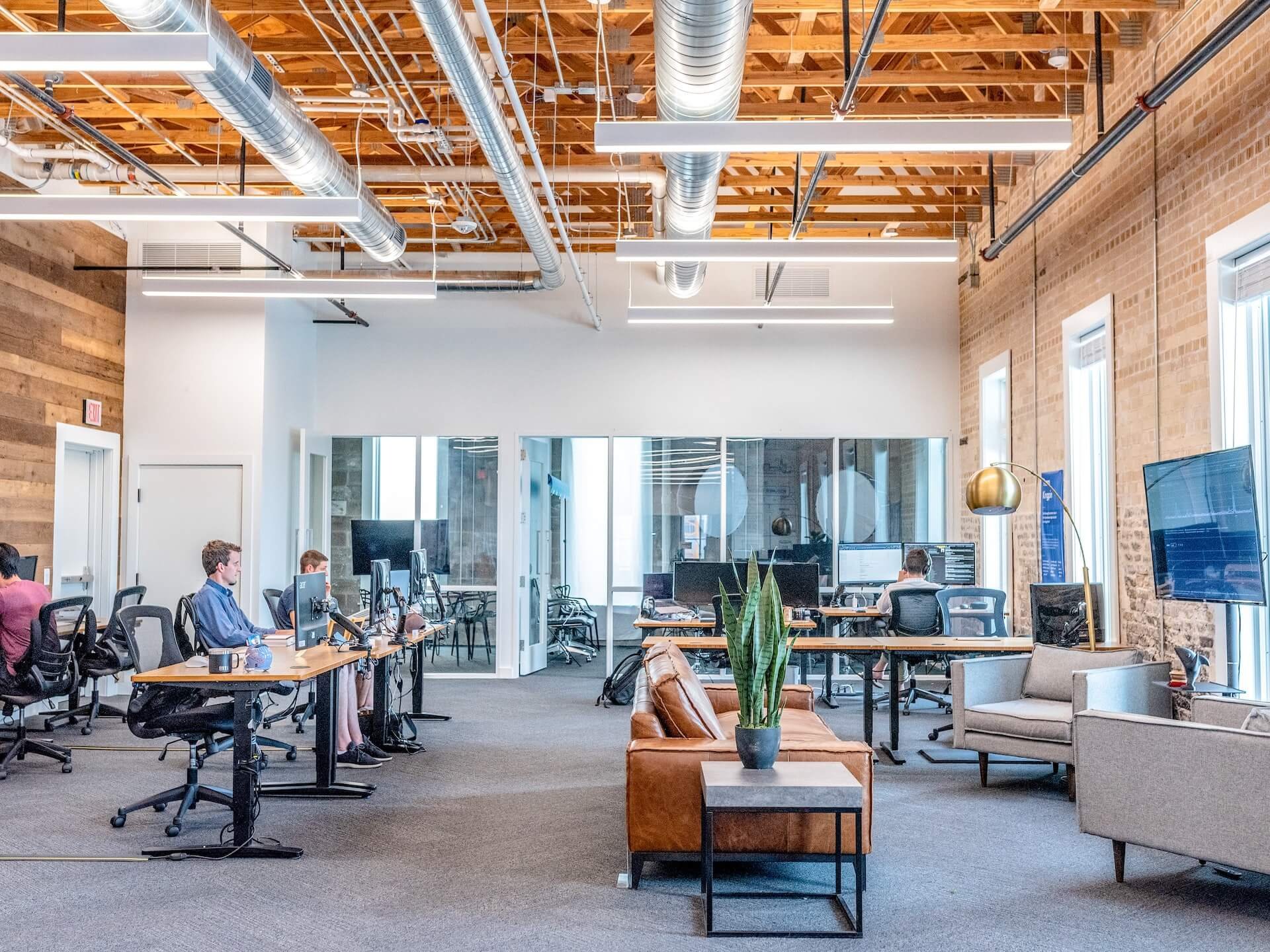Ideal Tactics for Positioning Surveillance CCTV to Enhance Monitoring Effectiveness
Ideal Tactics for Positioning Surveillance CCTV to Enhance Monitoring Effectiveness
Blog Article

Placing security cameras effectively remains crucial to improving surveillance across various settings, including homes, businesses, and public spaces. The main objective of security systems is to discourage crime and offering evidence during case of incidents. To achieve this, it is essential to take into account several elements, including surveillance camera placement, range of view, as well as the particular areas that need monitoring. By comprehending these elements, individuals as well as organizations can develop a comprehensive monitoring strategy that optimizes the effectiveness of their security solutions.
One of the initial steps in placing surveillance cameras involves to identify critical areas that require surveillance. Vulnerable zones, including entrances, exit points, parking lots, as well as areas with high-value assets, must be prioritized. It also important to take into account blind spots, that may be locations that may not be seen from certain angles. By charting out these critical areas, security staff can ensure that all corner is monitored, minimizing the chances of illegal activity going undetected. Additionally, placing surveillance systems at strategic points can assist create a complete view of the property, enabling for better total security monitoring.
The viewing angle of a security system is another crucial element to consider. Various kinds of cameras offer varying fields of vision, which can influence how much area gets captured in the video. For instance, broad-view systems can cover bigger spaces, making them perfect for open locations, whereas PTZ systems can be modified to focus on particular features. When positioning surveillance systems, it is important to choose the right kind based on the location being monitored. This guarantees that the camera can capture sharp images and provide important information in the event of an incident.
Elevation and angle of installation also have a crucial part in the efficacy of surveillance cameras. Cameras should be mounted at a level that remains out of grasp of potential interference but also allows for clear visibility of faces and other recognizable details. A typical recommendation is install cameras at least 8 to 10 feet off the ground. Additionally, the angle at which the camera is set can affect its capability to capture important information. Surveillance systems must be angled to minimize glare and prevent blockages, guaranteeing that they can record clear footage at any moments.
In conclusion, regular maintenance and updates to the surveillance system is essential for long-term efficacy. This entails inspecting system functionality, cleaning lenses, and making sure that firmware is up to date. Frequent evaluations go to website of the surveillance strategy can help detect any additional blind spots or areas that might require additional coverage. By remaining vigilant and implementing necessary adjustments, people as well as organizations can enhance their monitoring efficacy and ensure that their security solutions remain to fulfill their intended purpose.